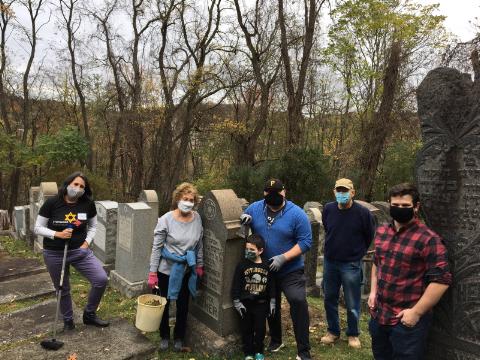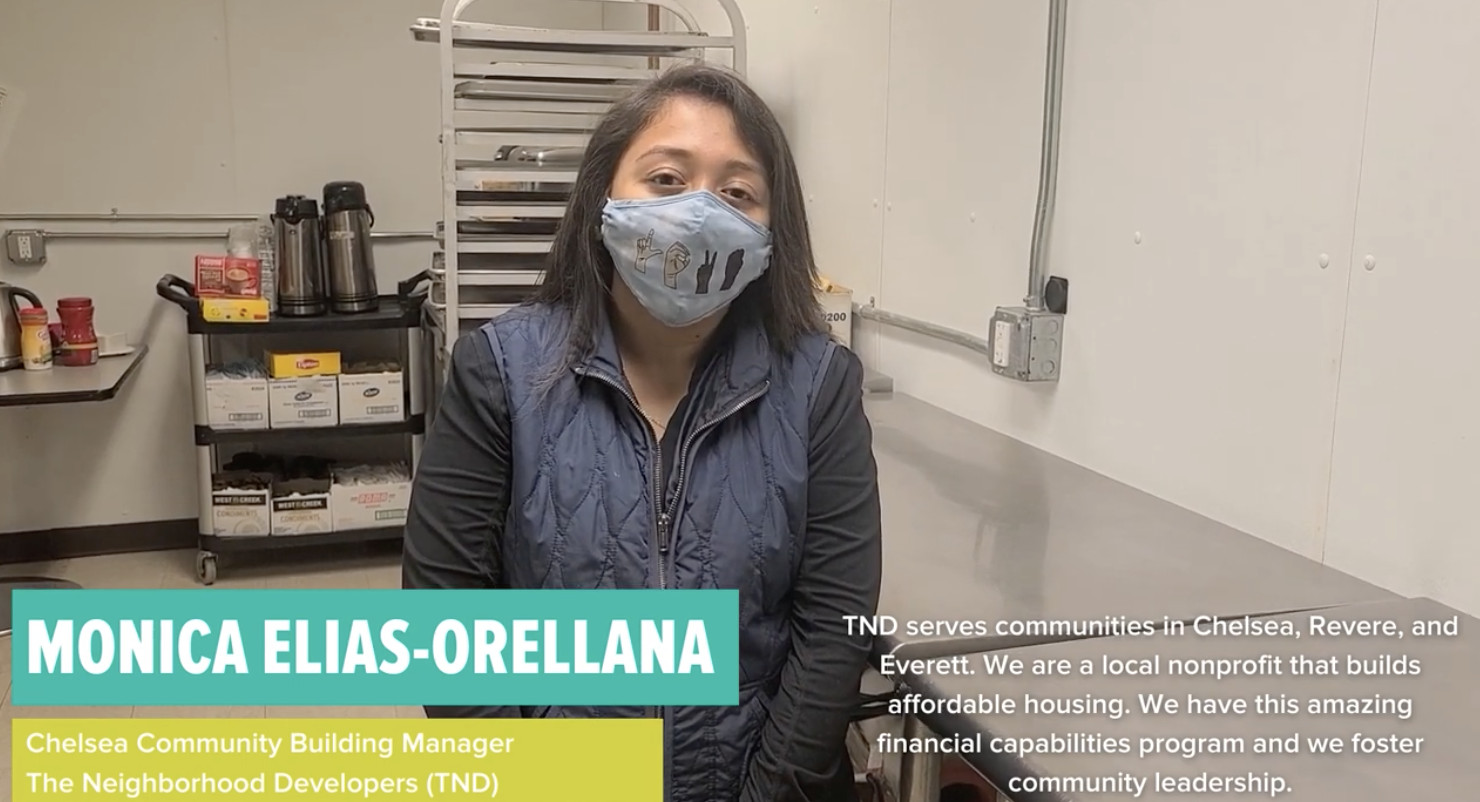A Story in the Tapestry: Revamping the Concept of Repairing the World
This post was written by Analucia Lopezvoredo, and originally published in the Charles and Lynn Schusterman Family Foundation blog on July 26th, 2012.
Analucia Lopezrevoredo is a resident of the Moishe House in Portland, Oregon. Moishe House is an international organization providing meaningful Jewish experiences to young adults in their twenties through home-based communities. Moishe House recently partnered with Repair the World to host a retreat on Jewish service-learning. Repair the World is an organization that is working to build a movement to make service a defining element of American Jewish life, learning and leadership. This post is a reflection on that retreat.
The term “tikkun olam” has become synonymous with social justice and social action. As Jews, our goal is to fulfill the idea of “repairing the world” by serving communities in need. Though this notion is far from new (dating back to classical rabbinic literature in Lurianic kabbalah), many Jews still find themselves unable to truly connect with this concept. As residents of Moishe House, our goal is to facilitate the fulfillment of “tikkun olam” on a micro and macro level for young Jewish adults in our respective communities. With the help of both Moishe House and Repair the World, residents of various Houses came together a few weeks ago to critically discuss ways to effectively create service-learning programs.
As someone who feels strongly connected to my local and global community, service has always been a priority of mine, and something that has helped define who I am. It was no surprise that the majority of people in attendance were similarly committed to the pursuit of social justice and structural change. Hailing from nine different states, retreat participants brought with them diverse experiences, which made for a dynamic weekend. It did not take long to realize, however, that we’ve all struggled to get members of our communities to engage in our service programs. Service, we realized, does not mean the same thing to everyone, and to many, our House events are primarily social or cultural. People come to our programs to meet new folks, reconnect with old friends, and celebrate cultural events and holidays. While these factors help explain why service-learning events have not been amongst our most popular programs in the past, the truth is that service is often a difficult activity in which to engage.
When asked, many people would probably agree that service is something they’d like to do more often. And yet, it calls for people to step out of their comfort zone, give up precious free time and often work with people they don’t know. For some introverts (and even some extroverts), this can be awkward and has the potential to tarnish one’s perception of their role in taking action. As Moishe House residents, we understand how important it is to connect with others. People continue to come to our events because they feel welcomed and feel as if they belong to a community. With this in mind, I realized that in order to revamp our service programs we must first revamp how they are perceived.
For the most part, our Shabbat dinner events are the most popular programs we host. This is partially because they are laid back, but also because people strive to feel and stay connected with others. Giving service-learning events a social twist might be what we need in order to attract our ever-enthusiastic communities to our “tikkun olam” events. If people start to see all of our events as opportunities for community building, then the need to constantly recruit service-minded individuals may become obsolete. We can make Sunday afternoons of service a tradition and the “learning” component of the programs can be combined with a post-service discussion over a delicious meal or drinks. Whatever we choose to do, there is only room for our service programming to grow.
The sessions at the retreat were fantastic. Presenters like Marilyn Sneiderman, the Executive Director of AVODAH, and Will Berkovitz, Senior Vice President of Repair the World, challenged us to think critically about service projects that inspired us, as well as those that turned us away. As a group we shared our fears, goals and triumphs, and most importantly built a strong support network that will continue to be a part of our organization’s success. Our natural environment was crucial in our takeaway.
Though excruciatingly hot for most of us, our free time was largely spent exploring the grounds of the enchanting Pearlstone Retreat Center. A night hike concluded our time at the Center, and the unforgettable East Coast storm on June 29th that knocked down trees and power lines reminded us all of how small we were in the hands of the almighty. In the end, the retreat was grand in content but (sadly) short in time. We parted ways at Baltimore Harbor, but not before culminating the weekend by volunteering our time at Living Classrooms, a non-profit educational organization that “inspires young people to achieve their potential through hands-on education and job training, using urban, natural, and maritime resources as ‘living classrooms.’” Our time with Living Classrooms sealed our bond with a service-learning experience. Though it was undoubtedly difficult to say goodbye to my new friends, I smiled knowing that soon enough we would meet again with stories of success.

